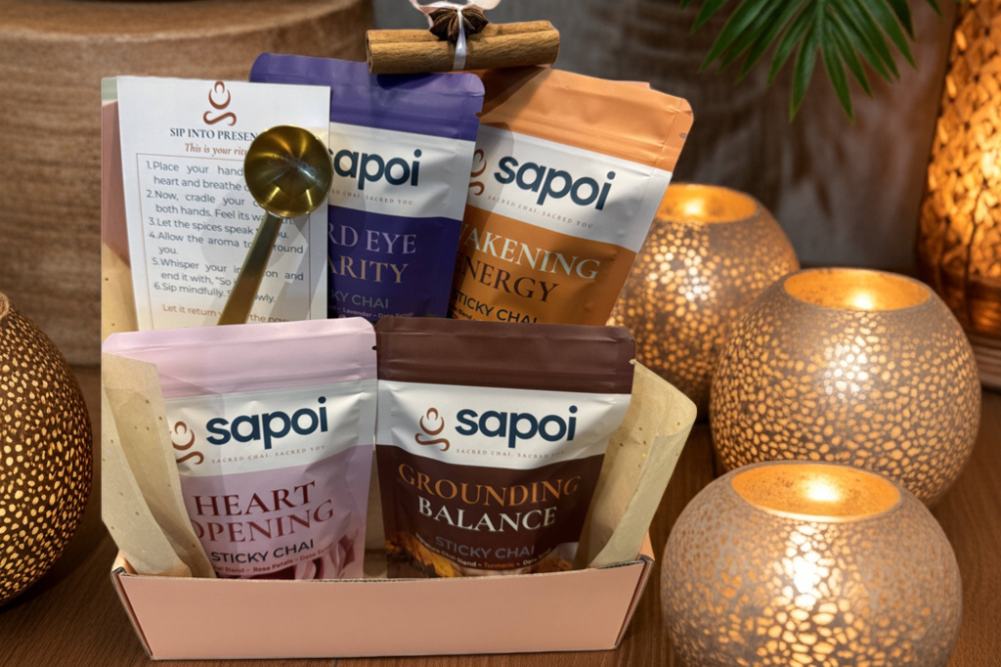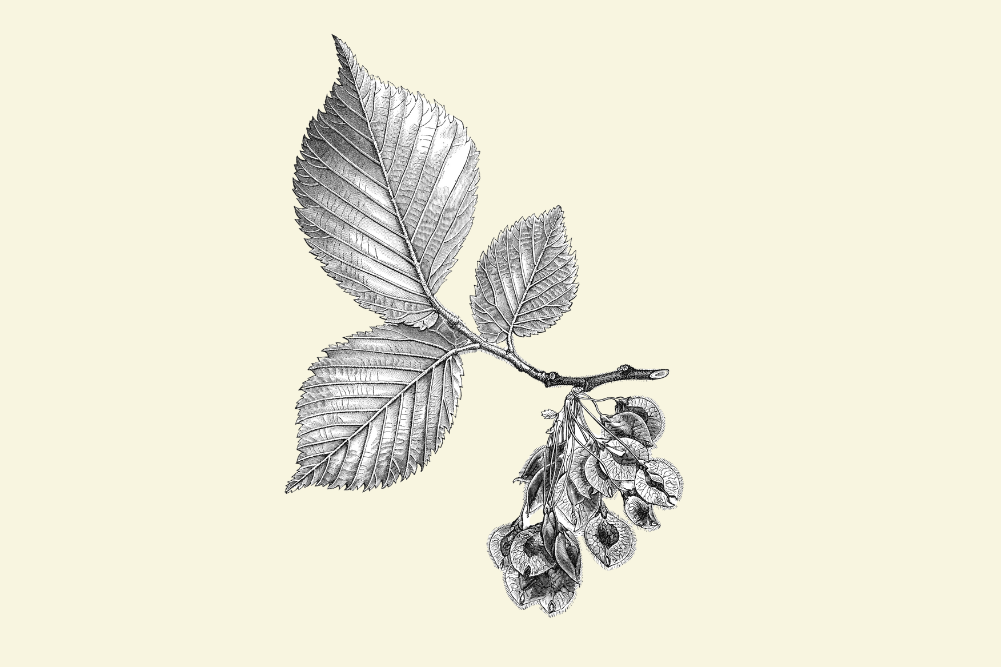Your ageing eyes
Maintaining good eyesight throughout your life is a vital part of ageing well and is a significant factor in retaining your independence and quality of life as you age. According to the Australian Bureau of Statistics, more than 13 million Australians have one or more long-term eye condition (data from the National Health Survey). The good news is that the World Health Organization and the Australian government estimate that between 80 and 90 per cent of vision impairment can be avoided through prevention or treatment. A good way to understand what damages your eyes is to look at the problems that commonly occur with eyes as people age.
Eyes under strain
Not all eye-related problems trace back to your diet, but some certainly do. Ultimately, your eyes are highly metabolically active and are exposed to light as their primary function, so a lot of the problems that arise with eyes are a result of oxidation. Here are some common eye problems that can develop with ageing.
Macular degeneration: Age-related macular degeneration (ARMD) is a major cause of blindness in older people. In both Australia and New Zealand, it affects one in seven people over the age of 50 and the incidence increases with age. The macula is a small area in the centre of the retina that is responsible for sharp, detailed central vision. The retinal pigment epithelium (RPE) is a layer of cells underneath the retina that passes oxygen, sugar and other essential nutrients up to the retina and moves waste down to the choroid. Macular degeneration occurs when this process breaks down and waste products from the retina build up underneath the RPE. As well as avoiding harmful habits such as smoking, eating foods rich in the antioxidant nutrients lutein and zeaxanthin can help prevent ARMD developing.
Cataracts: A cataract is a clouding of the lens in the eye that affects vision. Most cataracts are related to ageing and can occur in either or both of your vision. The eye lens is constantly subjected to oxidative stress from UV light and other sources. Accumulation of oxidised lens components and decreased efficiency of repair mechanisms can contribute to the development of cataracts. Again, antioxidants such as vitamin C and the carotenoids lutein and zeaxanthin have been found to be associated with a decreased risk of cataract formation particularly in individuals exposed to high oxidative stress, such as heavy smokers, and those with poor nutrition.
Night blindness: Night blindness (nyctalopia) is the inability to see well at night or in poor light. Night blindness is a symptom of an underlying disorder or problem, particularly untreated myopia. Other causes include glaucoma medications, cataracts, retinitis pigmentosa and vitamin A deficiency. Treatment for night blindness depends on its cause. You may require a new eye prescription if you have untreated myopia or, if the night blindness is caused by cataracts, you may need surgery.
Retinitis pigmentosa: Retinitis pigmentosa (RP) is a condition that usually begins in the teenage years and slowly progresses during adulthood, resulting in either partial vision loss or blindness. Essentially, the retinal cells (rods and/or cones) are damaged causing vision to fade. According to some estimates, about one in every 3000 people is affected by RP.
Glaucoma: Glaucoma is the name given to several types of conditions that damage the optic nerve at the back of the eye. This damage occurs over time from excessively high pressure in the eye. The front part of your eye is filled with a clear fluid called the vitreous humour. This fluid is continuously made in the back of the eye. The fluid leaves your eye through channels in the front of the eye in an area called the anterior chamber angle. Anything that slows or blocks the flow of this fluid out of the eye will cause pressure to build up in your eye. In most cases of glaucoma, this pressure is high and causes damage to the optic nerve. If left untreated, this increased pressure can lead to progressive, permanent vision loss.
Glaucoma is extremely prevalent, with 10 per cent of people over the age of 80 in Australia and New Zealand being affected. A person with diabetes has twice as much chance of getting glaucoma as other adults. If you have a family history of glaucoma, then you are 10 times more likely to get the disease.
Diabetic retinopathy: Diabetic retinopathy occurs because diabetes can cause the blood vessels in the back of your eye to swell and bleed. This bleeding can slowly damage your retina and the longer you have diabetes, the more likely it is that you will develop diabetic retinopathy. Chances of diabetic retinopathy increase if your blood sugar is not well controlled, if you have high blood pressure, or if your cholesterol levels are high.
Nutrients for sore eyes
Your vision are highly susceptible to free radical damage because they depend for their very function on light and the reactions that flow from light entering the eye generate free radicals. Although all antioxidants will help to some degree, it is interesting that studies show that some antioxidants have a “preference” for some body tissues over others. It seems that lutein and zeaxanthin are especially beneficial to help your eyes recover from the damage caused to the retina by blue wavelengths of light. Other antioxidants such as vitamin A and vitamin C have special roles too.
Lutein and zeaxanthin: The antioxidant carotenoids lutein and zeaxanthin are widely distributed in a number of body tissues, but they are uniquely concentrated in the lens and retina. Lutein and zeaxanthin have both been shown to play a role in the prevention and treatment of certain eye diseases such as age-related macular degeneration and cataract. The biological mechanism for their protective effects is thought to be due to their powerful blue light-filtering activities and antioxidant properties. Healthy retinas have built-in mechanisms to protect against UV blue light damage, however blue light waves may be damaging to those who are prone to macular problems.
Research published in the Archives of Ophthalmology showed that lutein and zeaxanthin intake was associated with a reduced risk of age-related macular degeneration. Another study in that same journal showed that women with high dietary levels of lutein and zeaxanthin had a 23 per cent lower prevalence of cataracts compared with those with low levels.
Flavonoids: Flavonoids are antioxidants found in virtually all plants and are responsible for many of their bright colours. Anthocyanins are a type of flavonoid responsible for red- and purple-coloured fruit and vegetables such as grapes, blueberries, blackberries, strawberries, eggplants, olives, red onion and purple corn. Several studies show a relationship between enhanced visual acuity (sharpness of vision) and anthocyanin consumption. Anthocyanins benefit visual acuity by enhancing regeneration of rhodopsin, the purple-pigmented compound in the rods of the retina that helps your eye adjust to drastic changes in light. A lack of rhodopsin results in night blindness.
Vitamin A and Zinc: Vitamin A is essential to good eye health. Night blindness is one of the first signs of vitamin A deficiency, though this is a rare cause of night blindness in developed countries such as Australia and New Zealand. Xerophthalmia (dry eye) can also be caused by a vitamin A deficiency. Zinc is another necessary nutrient for eye health as it works in the eye as a partner to vitamin A, boosting its effectiveness.
Two forms of vitamin A are available in the human diet, preformed vitamin A and provitamin A carotenoids that are turned into vitamin A in your body. By far the most important provitamin A carotenoid is betacarotene.
Eye food
Foods rich in antioxidants are generally good for your eyes, but here are some foods that have shown specific benefits for our peepers.
Blueberries: During World War II, it was noticed that some pilots flying night missions were able to see better than others. It was found that those eating more bilberries, a European cousin of blueberries, were experiencing better night vision. This is probably due to the antioxidant anthocyanins (part of a sub-class of flavonoids) that give blueberries their colouring.
You can certainly make some lovely treats with blueberries but eating them raw is a treat in itself. Because blueberries are so delicate, it is important to treat them with the utmost respect and care. Take them out of the packaging as soon as you get them home, wash them with filtered water and pat them dry (very softly). Store them in a glass jar and make sure you remove any damaged or mouldy ones as they will soon spoil the others. Believe it or not, blueberries don’t lose a lot of their antioxidant capabilities when frozen so if you don’t happen to eat them all, throw them in the freezer and eat them as sweet cold treats or add them to your smoothies and shakes.
Carrots: Carrots are a source of vitamin A, but they also contain lutein and zeaxanthin. Chomping on a juicy carrot is one of life’s pure joys. They are wonderful julienned raw or as part of a salad or stir-fry. Lightly steamed, they go really well with honey and lemon. Carrots can also be used in stocks and slow cooking and as a base for many casseroles. Store carrots in a cool place, unscrubbed and untrimmed if you can. For a quick dish, grate as many carrots as you need and place in a saucepan with one or two tablespoons of water and a crushed clove of garlic.
Cover tightly and cook over a moderate heat for about five minutes or until the carrots are tender. Serve at once.
Corn: A cob of corn gets its yellow colour from lutein and it also contains zeaxanthin, making it a wonderful food for your eyes. Corn cobs are sweet and delicious and so don’t need anything done to them but if you want to try corn Mexican style, just boil the cobs for 10 minutes, then barbeque and sprinkle with smoked paprika, sea salt, toasted cumin seeds and toasted pepitas.
Pumpkin: Pumpkin is rich in vitamin A, betacarotene, lutein and zeaxanthin. There is nothing nicer than a healthy, hearty pumpkin soup, especially in the middle of winter, paired with some warm sourdough bread. Pumpkin is a hardy fruit (yes, it’s a fruit because it starts from a flower) and doesn’t need to be handled delicately in its raw form. However, when cooking, it is important to take a little more care as it is easily burned when roasted, caramelises quickly and will tend to go watery if overcooked. Roasted pumpkin is great served warm in a salad of fresh greens and herbs such as basil, coriander and parsley. You can also mash your roast pumpkin and, to make pumpkin mash that is just that little bit special, fold in some coconut oil, some coconut milk or cream, Himalayan Salt, a little bit of cinnamon and add a pinch of curry powder.
Sweet potato: Only 150g of baked sweet potato will provide you with your recommended daily intake of vitamins A and C. Your mouth, and eyes, should be watering already. On top of that, sweet potato is a rich source of antioxidant anthocyanins. Tongans bake their sweet potatoes in foil and coconut milk, while sweet potato mash with lime and chilli is a great side dish. Choose sweet potatoes that are firm and avoid those that are displayed in the refrigerated section of your supermarket since cold temperature negatively alter their taste. Sweet potatoes should be stored in a cool, dark and well-ventilated place, where they will keep fresh for up to 10 days.








